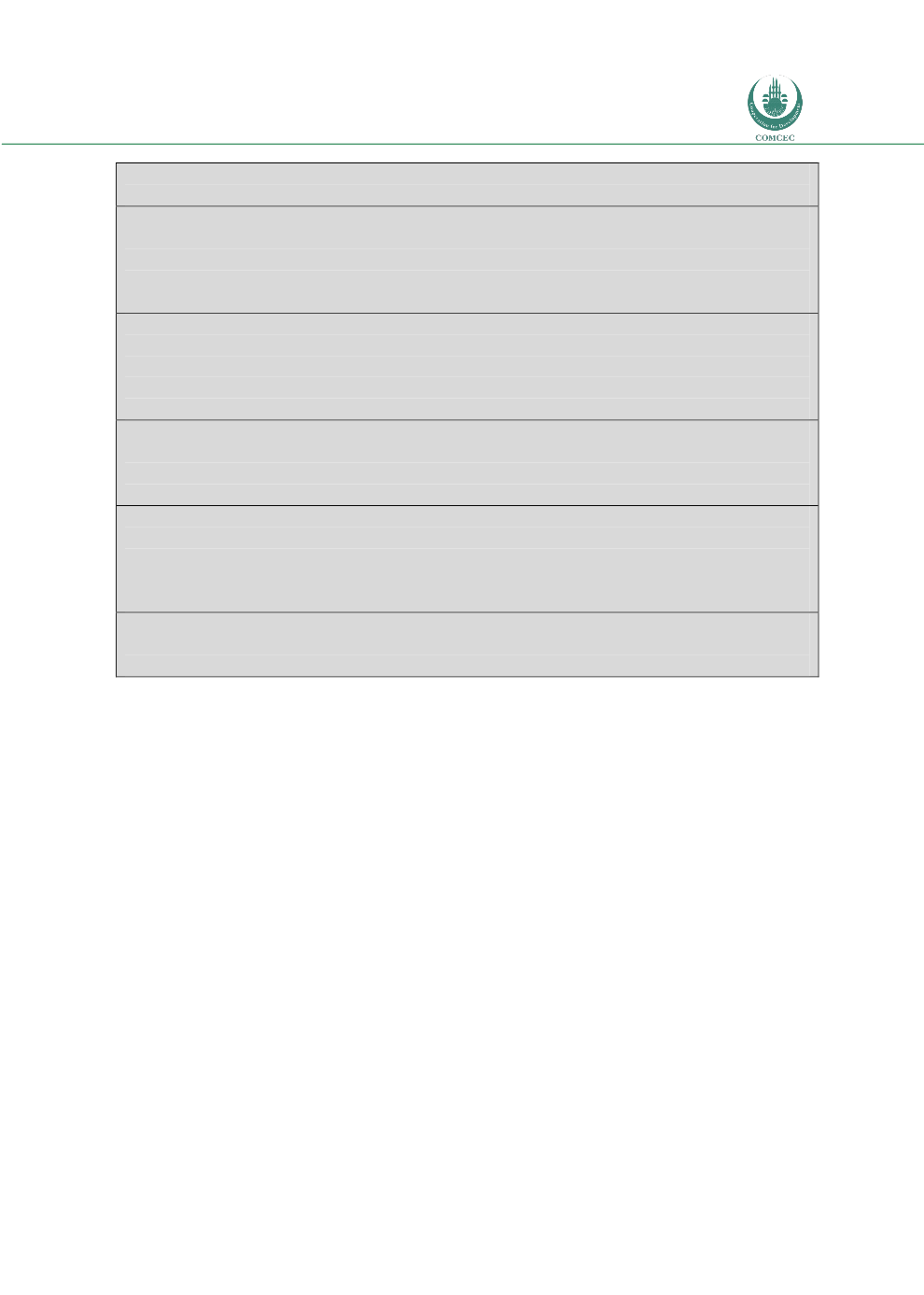

Risk Management in
Islamic Financial Instruments
39
from other Zakat and Awqaf management organizations. However, as the organization
becomes mature, it may engage in the management of Zakat and Awqaf funds.
e. Credit Delivery Model:
The proposed single-model NGO may adapt the success model of
Amanah Ikhtiar Malaysia (AIM), a successful microfinance institution in Malaysia. The success
story of AIM provides empirical evidence that microfinance facilities may be delivered based
on the adaptation of Islamic principles, group recovery, and a credit disbursement model
similar to the Grameen Model.
In contrast to AIM, where the Malaysian government actively participates in lending interest-
free capital and covers operational expenses, the proposed NGO may strive to be self-
sufficient (meaning no government participation). In its initial stage, the NGO may undertake
a few pilot projects to analyze the response of customers in different localities. Selection of
such pilot projects may involve the following four-step process:
1.
Selection of Locality:
The NGO would focus on a location with a high poverty density. The
selection of a locality would also depend on other factors such as: (a) a demographic study of
the locality, (b) identification of probable microcredit project options, and (c) understanding
of the prevailing infrastructure, which has important marketing and distribution impacts.
1.
Selection of Population:
After selecting a particular area, the NGO would select a target
population. It may conduct a household survey, or use references from the existing
survey data. Such populations can be selected on the basis of eligibility of Zakat funds
or per capita income. In selecting individual members of the target population,
persons eligible to receive Zakat contributions would be chosen first.
2.
Training:
This target population would be given vocational training in relevant areas. After
successful completion of the training program, participants would be eligible for
membership.
2.8 DERIVATIVE INSTRUMENTS IN ISLAMIC FINANCE
Commonly utilized in the conventional financial sector, derivatives can be defined as financial
instruments whose value is, as indicated by the name ‘derivative’, derived from another
variable. Options, forwards, futures, options and swaps are all examples of derivatives.
Though derivatives, theoretically, were developed in order to mitigate risks, they, a result of
speculative application, have become risks in and of themselves (Kunhibava, 2010). Certain
derivatives practices, including credit default swaps, were being used at particularly high
levels during the years preceding the financial crisis of 2007.
Gharar
is often discussed in the
context of conversations surrounding derivatives and Islamic finance. Scholars have cited that,
because derivatives often encompass the sale of one debt for another, the sale of nonexistent
objects, and/or the sale of items before possession is taken, they are at odds with the principal
Islamic finance guidelines outlined in the Shari’ah (Kunhibava, 2010).
With regards to the forward contract, arguably one of the more simple derivatives, Kunhibava
(2010) cites numerous issues that led to the development of the futures contract. Firstly, the
necessity of multiple coincidences (a party interested in the forward contract must find
another with diametrically opposing needs); secondly, since the forward price is arrived at by
negotiation, one of the parties, who is in a better bargaining position than the other, may be
able to impose a price on the other. Lastly, is the counterparty risk, i.e., the risk to one of the

















